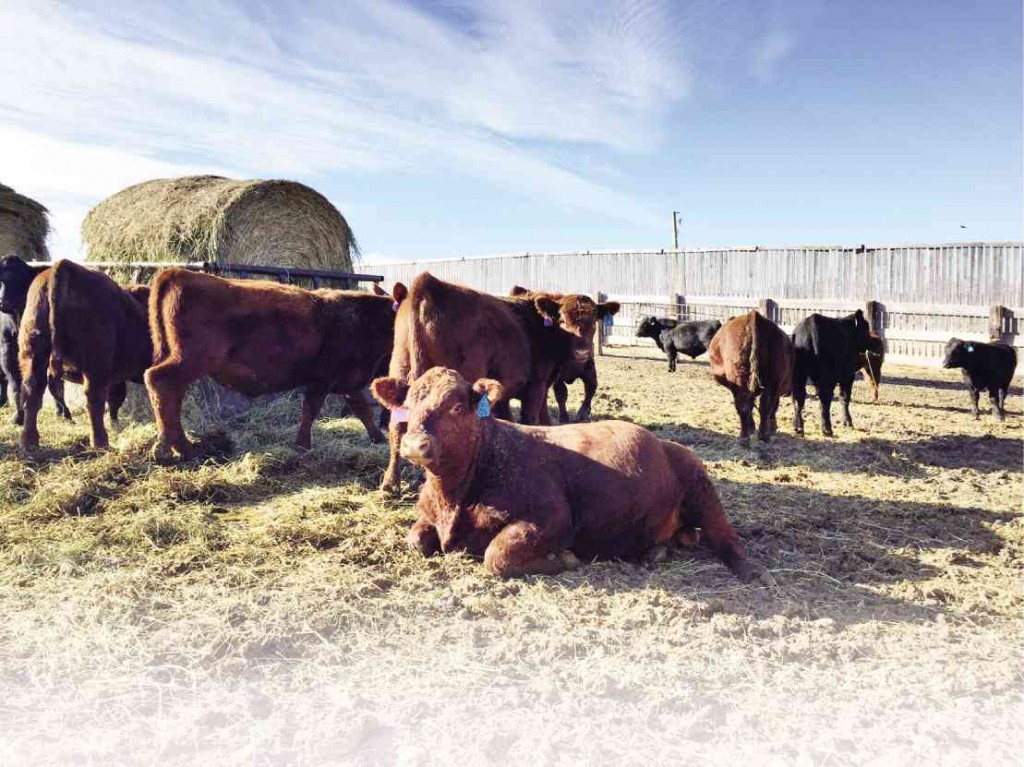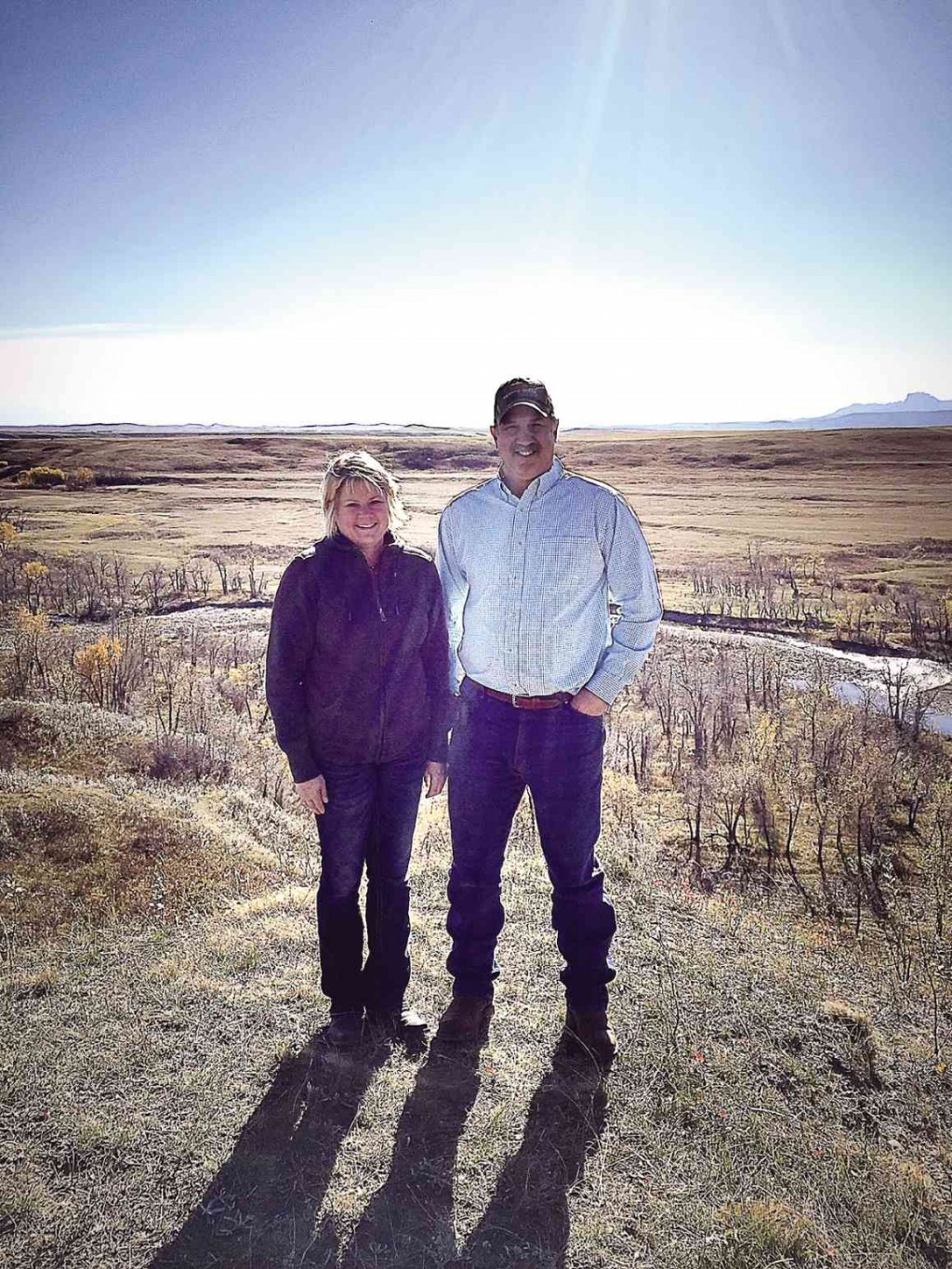Making heads or tails of Canadian beef
The packing plant of the largest producer of beef in the world, JBS Foods, in Brooks, Alberta, Canada, churns out approximately 1 to 2 million pounds of meat products a day.
That translates to anywhere between 4 and 6 million Canadian dollars worth of produce daily. And this is just Canadian beef! (JBS also has other operations and products in other parts of the world.)
Recognizing the value of the beef industry and marrying this with their love for good quality meats, Canadians have taken this business very seriously, meticulously ensuring quality control and efficiency measures every step of the production process.
Sustainable farming
Yarrow Creek Ranch farmers Dennis and Linda, for instance, who breed red and black angus cattle, explained during a tour of their farm in Alberta, Canada, that after making sure that their cattle have good genetics, they seek to raise the cattle in the best environment—a picturesque natural park with a creek and acres of land to graze on.
The cattle are allowed to wade through the creek in the summer but in the winter, they install sheds, which are specially designed to make sure the cattle are protected from the cold.
The couple also created a solar-powered irrigation system that allows the cattle to constantly have drinking water.
And all animals are given a radio frequency identification (RFID) so that each is tracked from birth to harvest.
Humane slaughter, hygienic packing
After farmers deliver their cattle to JBS Food, these are placed in a feedlot for 120-150 days for fattening to achieve the best marbling before being brought to the packing plant for slaughtering and packing.
Over 75,000 cattle, with a bi-annual turnover, from all over Canada are placed in the Lakeside Feeders 6,900-acre feedlot for JBS.
Once fattened, the cattle are brought to the JBS Foods packing plant, where they walk through a Temple Grandin-designed walkway (remember the Claire Danes biopic?), to make sure they are not stressed before being slaughtered.
Then the meat processing begins and the over 2,000 employees of the company get down to the business of killing 4,000 head of cattle/day.
Each bull is sliced into parts, with each part having its own line. This line system allows the company to produce over a million pounds of meat products daily. Of that quantity, around 40,000 pounds are packed in about 60 trucks for international shipments.
It is also here that the meats are graded by a machine, using the Canadian grading system for meats, determining whether a cut is Prime, Triple A, AA or just A.
Finally, to ensure strict adherence to the federal government food safety protocol, Canada Food Inspection Agency (CFIA) representatives are also present at the plant, not only for spot inspections but every day.
United Farmers
It’s impressive enough how OC the farmers and packers are when it comes to taking care of their meat, complete with ecoli testing at the plant, but most impressive about the Canadian cattle industry is how all farmers come together under the national brand.
Unlike other beef-producing countries where each farm or brand does its own marketing, e.g., Mayura in South Australia or Saga beef in Japan, in Canada, individual brands take a back seat to the united front that is Canada Beef.
Canada Beef is the national organization that markets and promotes the beef of Canadian farmers, whether grain-fed, natural or organic.
The Canada Beef Institute pools all Canadian cattle producers so that at any time a purchase of Canadian beef is made, regardless of the farm or slaughterhouse where the meat comes from, there is a guarantee that the highest standards of meat quality are met.
At the same time, the organization secures a commitment from the farmers to bring good meat to the consumers’ tables. With this kind of cooperation in the farming community, it’s no wonder Canada Beef is thriving globally.

Sandy Daza, Inquirer columnist and brand ambassador for Canada Beef in PH at Canada Beef headquarters in Alberta, Canada
Sandy Daza
I was introduced to Canada Beef by “His Excellency” Chef Sandy Daza, who was appointed brand ambassador to the Philippines.
While Wagyu and American Angus beef capitalize on ribeye, do try the Canada Beef tenderloin medallion, the favorite part of master butcher Abraham van Melle.
Compared to Wagyu beef, which Filipinos have become very familiar with over the past few years, Canadian beef is more meaty than fatty.
As for marbling, the meat is evaluated not just on the quantity and distribution of fat but also its incorporation into the meat.
Canadian beef is ideal for hearty eaters who still like to appreciate the meat and not just the fat in their steak.
And it goes very well with full-bodied red wine!
Canada Beef is available at Rustans Supermarket. For more information on Canada Beef, visit canadabeef.ca.
More from the author in margauxsalcedo.com. Follow @margauxsalcedo on Twitter, Facebook, Instagram.
















